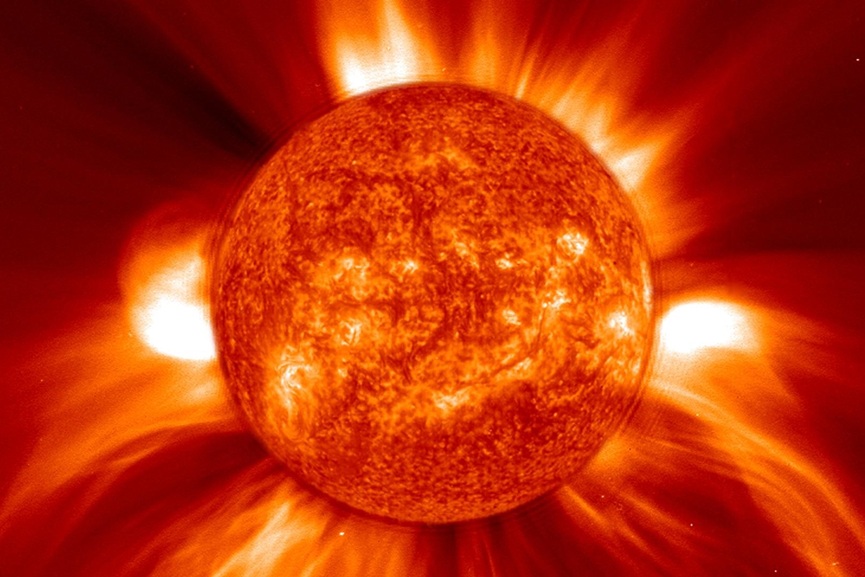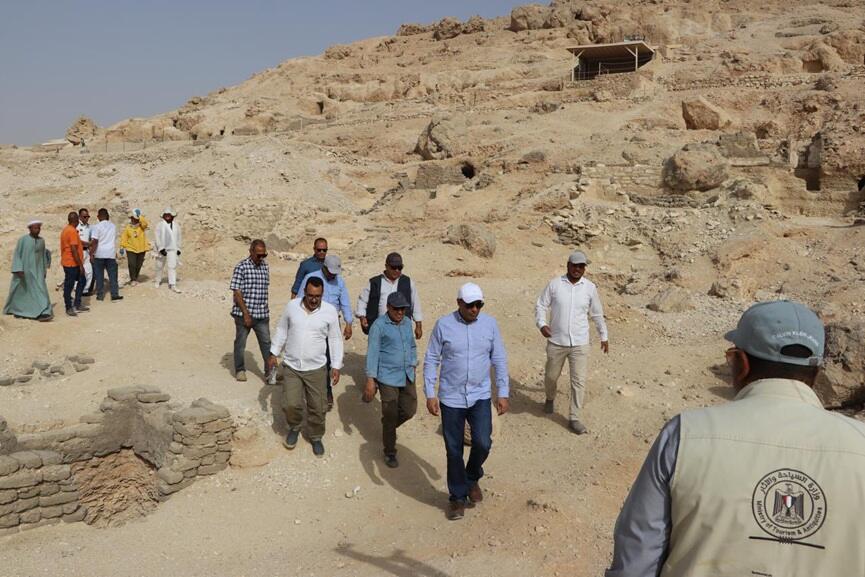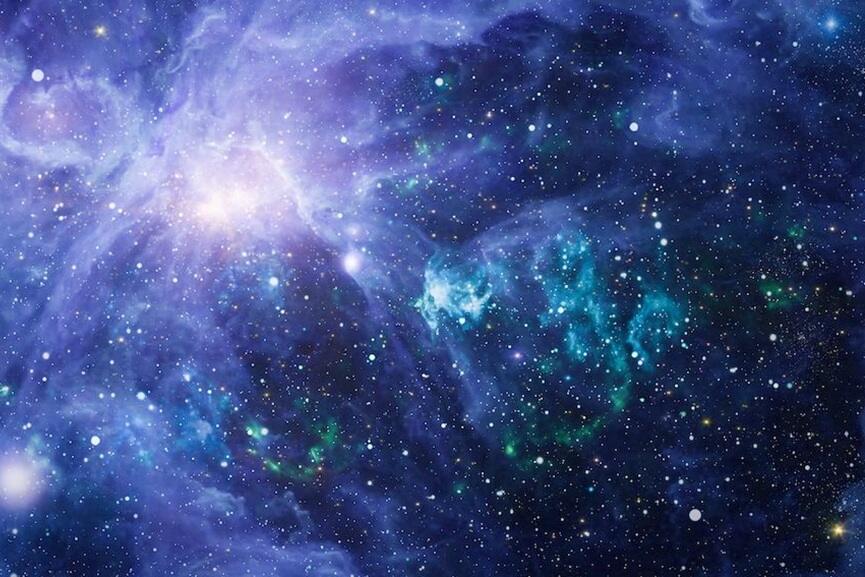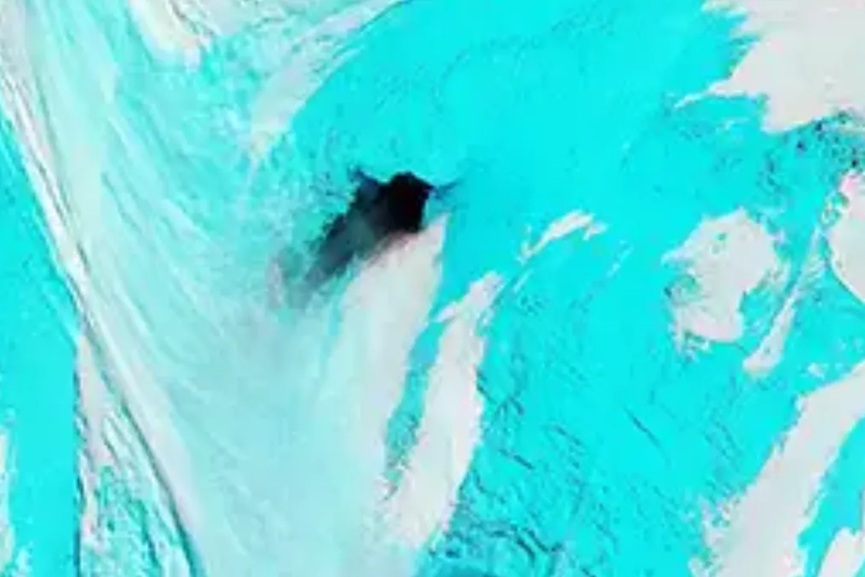Bengaluru: In a landmark scientific achievement, the Indian Space Research Organisation (ISRO) has reported the first direct observation of how powerful solar eruptions known as Coronal Mass Ejections (CMEs) affect the Moon’s fragile exosphere.
The breakthrough was made using the Chandra’s Atmospheric Composition Explorer-2 (CHACE-2) instrument onboard the Chandrayaan-2 lunar orbiter. During a rare solar event on May 10, 2024, a series of CMEs struck the Moon, triggering a sharp rise in the total pressure of its dayside exosphere- the Moon’s extremely thin, tenuous atmosphere.
ISRO scientists found that the number density of neutral atoms and molecules in the lunar exosphere increased more than tenfold during the event. The findings confirm long-held theoretical predictions that had never been validated through direct measurement.
The Moon’s exosphere, known as a surface boundary exosphere, is highly susceptible to solar activity because the Moon lacks a global magnetic field to shield it from charged particles.
According to ISRO, the CME event caused atoms and molecules to be released from the lunar surface, temporarily altering its atmospheric conditions. “The Earth’s Moon has a very thin atmosphere, or exosphere, where gas atoms and molecules rarely collide. Its boundary lies directly on the lunar surface, making it highly responsive to solar radiation and space weather,” ISRO explained.
India’s Chandrayaan-2 observes effects of the Coronal Mass Ejections from the Sun on the Moon. First-ever observations showed an increase in the total pressure of the dayside environment of the Moon.
For details, please visithttps://t.co/Yvc7xcxR00
— ISRO (@isro) October 18, 2025
The agency said that the lunar exosphere is shaped by several processes, including solar radiation, the solar wind and meteorite impacts. When a CME occurs, the Sun ejects massive amounts of plasma and magnetic material, which can significantly impact celestial bodies like the Moon that lack magnetic protection.
The study, titled “Impact of a Coronal Mass Ejection on the Lunar Exosphere as Observed by CHACE-2 on the Chandrayaan-2 Orbiter”, was published in Geophysical Research Letters on August 16, 2025.
ISRO noted that the event provided a rare opportunity to observe the direct influence of solar eruptions on the Moon. The enhanced solar particles hitting the lunar surface liberated more atoms into the exosphere, increasing pressure on the sunlit side.
Scientists say the discovery will improve understanding of lunar space weather and help in planning future lunar missions, especially those involving long-term human presence.

























